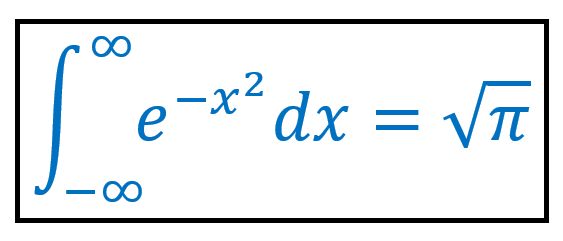Post by this author


RichEdit Autoformatting

Rounded Rectangles and Ellipses

OfficeMath

Two Phonetic Scripts: Vietnamese and Korean

Windows 11 Notepad

Function to get Unicode Fractions

UnicodeMath Color

RichEdit Stories


 Light
Light Dark
Dark